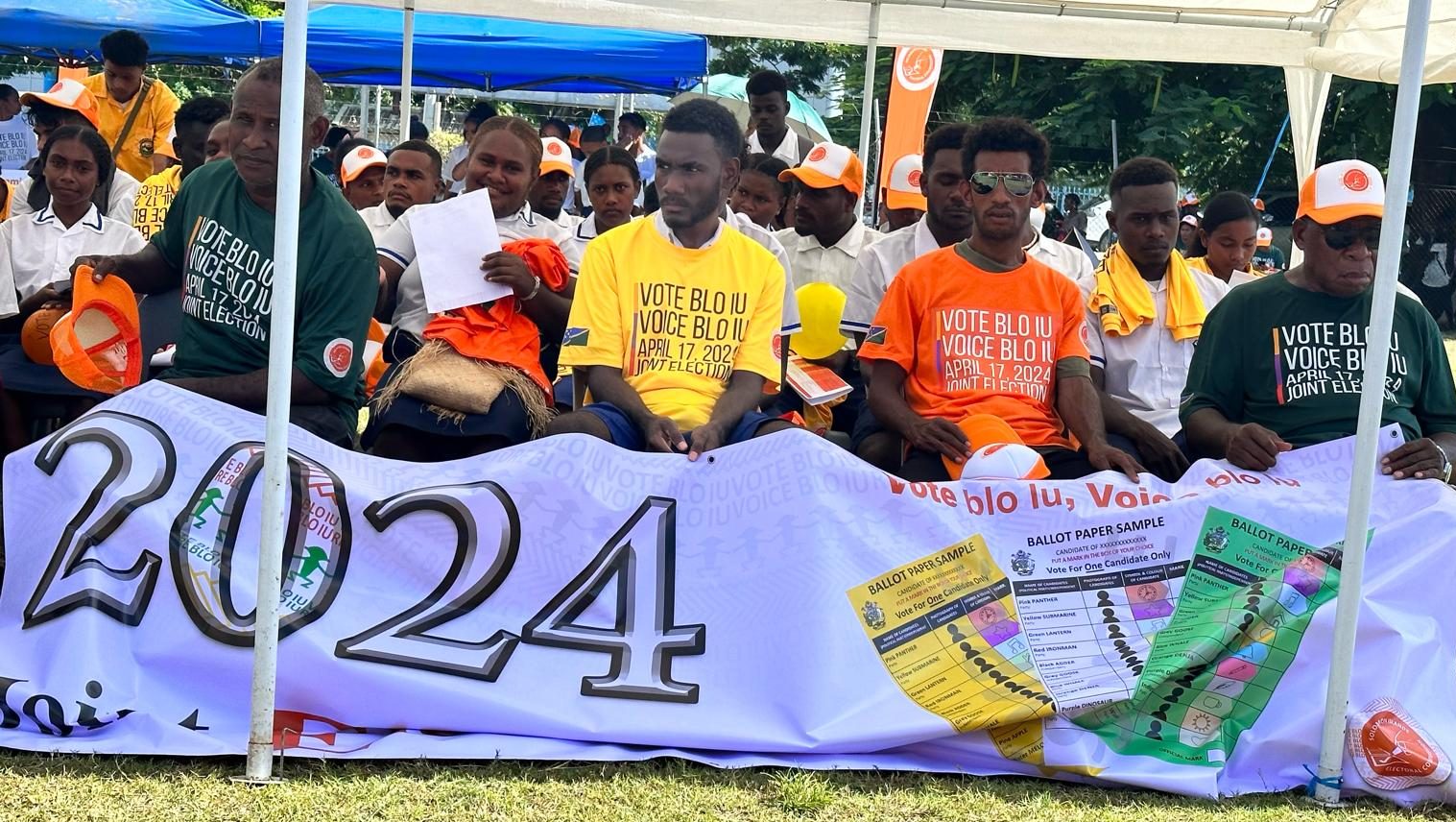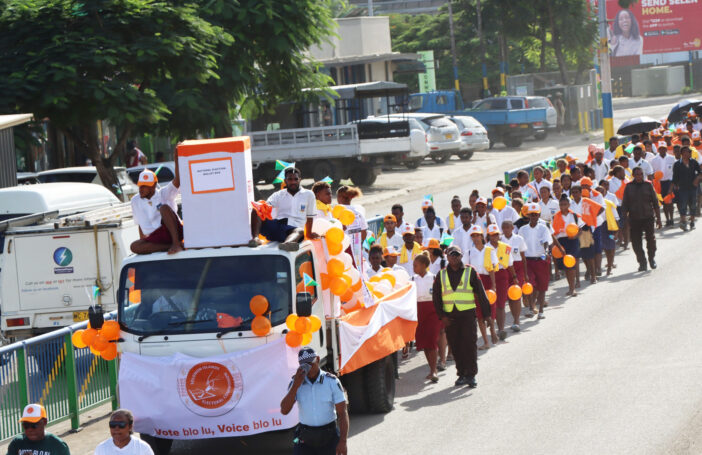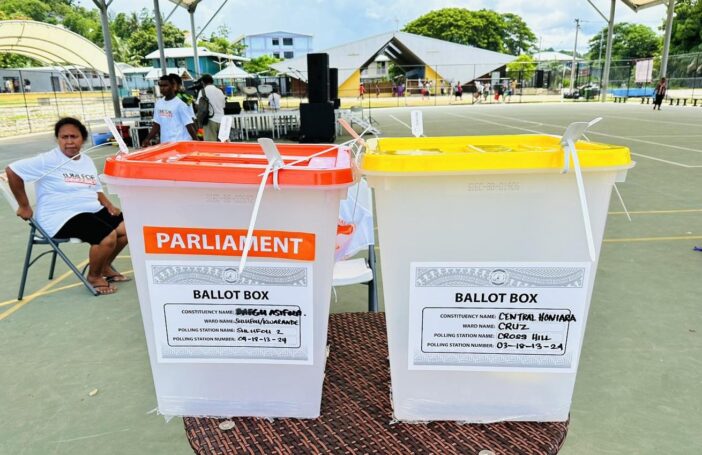As I said in my last post, wise political scientists avoid making predictions about elections in the Western Pacific. But I’ve just made myself a coffee, the fan in my office at the University of PNG is whirring happily and I have some data to reassure me. So I’m going to try and hazard a guess as to whether the current prime minister, Manasseh Sogavare, will be prime minister after the upcoming elections in Solomon Islands – after the voting and after the horse-trading between MPs which is central to how the country selects its leaders.
To be very clear, particularly for readers from Solomon Islands: I’m not writing about whether Sogavare should be prime minister. That’s not for me to say. All I’m doing is looking at what the data suggest will happen. Also remember, the data isn’t a crystal ball. I could be wrong.
First up, what does precedent suggest? Do prime ministers going into elections in Solomon Islands often emerge as prime ministers? As Jon Fraenkel has pointed out, this is almost never the case (Fraenkel actually says it has never happened but incumbent Peter Kenilorea emerged from the 1980 elections as prime minister). Precedent might not be much of a guide though: from independence until 2019 only two prime ministers lasted full electoral terms. Yet Sogavare did this with apparent ease between 2019 and 2024.
Then there are questions about the power of incumbency, and of political parties.
Voters very rarely vote along party lines in Solomon Islands: they vote based on individual candidate attributes. Parties do still play a role in the country’s electoral politics but their role is in the government formation process. Laws governing parties are meant to make it hard for MPs to switch parties. That doesn’t always stop them. Even so, being at the helm of the party with the most MPs when elected MPs start the secretive, treacherous process of selecting the prime minister after the election is a big advantage for aspiring prime ministers.
This chart is derived from a list of candidate details that the Solomon Islands Electoral Commission published on its Facebook page. It’s a good source, although last-minute party changes will probably still occur.

The vast majority of candidates standing for election are independents, most of whom have no chance of winning. They are also irrelevant for what I’m trying to do: it’s large parties that we’re interested in. As you can see: Sogavare’s Ownership Unity and Responsibility (OUR) party has the most candidates. It is closely followed by the Solomon Islands Democratic Party (SIDP) led by Sogavare’s dogged rival Matthew Wale. The United Party, run by the charismatic Peter Kenilorea, also has a good number of candidates. Both Wale and Kenilorea really want Sogavare out of power. They are central to his opposition and might cooperate. Going by candidates alone, it would seem as if a coalition of SIDP and United Party MPs could topple Sogavare.
Candidacy is one thing; election is another. Is there any way of predicting which party will see the most of its candidates elected? One approach is to look at incumbency — which candidates are sitting MPs. In the last two elections about three-quarters of all sitting MPs who defended their seats were re-elected. I’m not sure that the number will be as high this time, but even if it drops to the old average re-election rate of about 55% it would still be true that, of all the candidates standing in any individual electorate, the incumbent will, on average, be most likely to win.
The chart above also shows the number of incumbents standing under each party’s banner. Here the OUR party has a clear advantage: 32 incumbents.
That doesn’t mean Sogavare is guaranteed to win by any means. His candidates might be defecting as we speak. He could lose even more of them in the post-elections period of skulduggery and allegiance-buying. Who knows, voters might even turn against his party in the same way that some voters in Papua New Guinea expressed their dissatisfaction with Peter O’Neill by voting against his People’s National Congress party in 2017. This might cost OUR party incumbents their seats.
But for now Manasseh Sogavare looks like the strongest contender. If I were a gambling person, I’d bet he returns as prime minister after this year’s election. I’m not a gambling person though; I’m a social scientist. So instead I’m going to offer the tentative conclusion that the odds look to be in his favour at this point in time.
This is the second blog in a three-part series on the Solomon Islands elections.




